River Thames: Human bones, Roman brothel token and megalodon shark tooth among wackiest items found
and live on Freeview channel 276
Human bones, animal teeth and Roman brothel tokens, these are just some of the items found lurking in the River Thames.
A recent study carried out by Barrett London took a deep dive into the 30-million-year-old river to discover the strangest items which have been fished out of the water.


Advertisement
Hide AdAdvertisement
Hide AdIn 1995, a giant Michael Jackson statue was found floating down the river, to promote his album History.
The deceased singer chose to float a giant 10-metre statue of himself down the Thames and this was one of nine counterparts found across Europe.
Last year, a 16th century sword was fished out of the Thames.


The sword, which had a wooden handle, was thought to have survived at least 400 years in pristine condition, as it was buried in the oxygen-free mud.
Advertisement
Hide AdAdvertisement
Hide AdAnother fascinating item spotted lurking in the shadows is a 5,000-year-old human bone from the Stone Age.
It is reported to be dated between 3,516 and 3,365 BC and belonged to a person who was around 5ft 7.
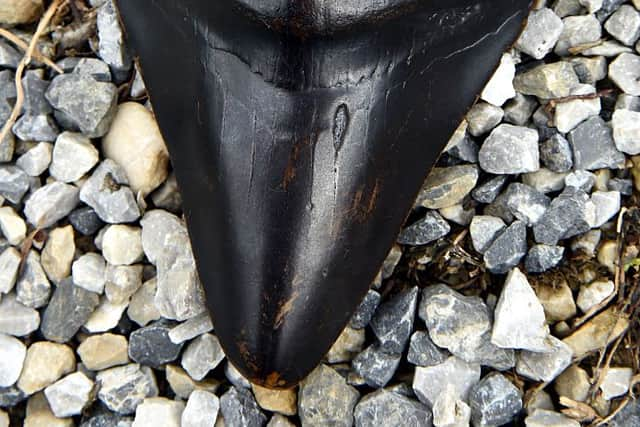

This is in addition to a 28-metre-long megalodon shark’s tooth.
It’s said that this huge beast swam in the water 1.5 million years ago.
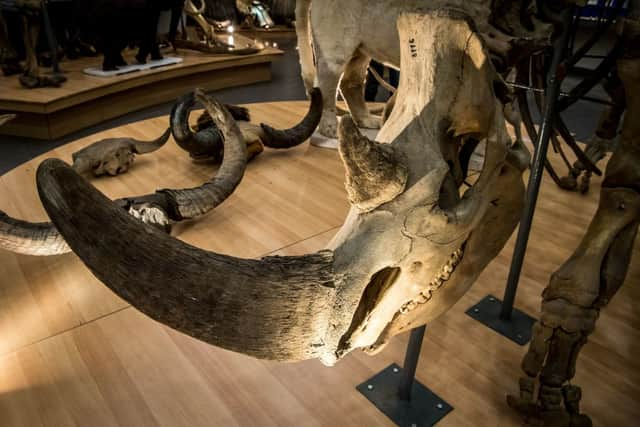

Advertisement
Hide AdAdvertisement
Hide AdThere have also been reports of a Roman brothel token being fished from the waters around Putney Bridge, as well as a skull segment from a 30,000-year-old woolly rhino, and a plastic crocodile which initially terrified onlookers who thought the toy was real.
The study also looked at what tropical marine life resides in the river, which includes whales, dolphins, seals, crabs, and eels.
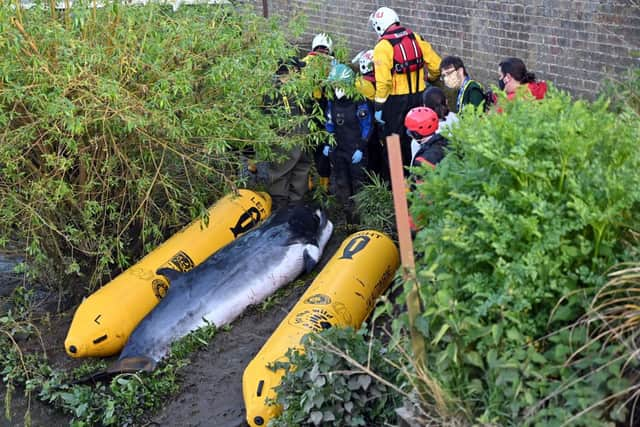

It found that the most common sea creature that resides in the river besides fish are whales.
Whales have been sighted in the river as early as 2006 and sightings date all the way up to this year.
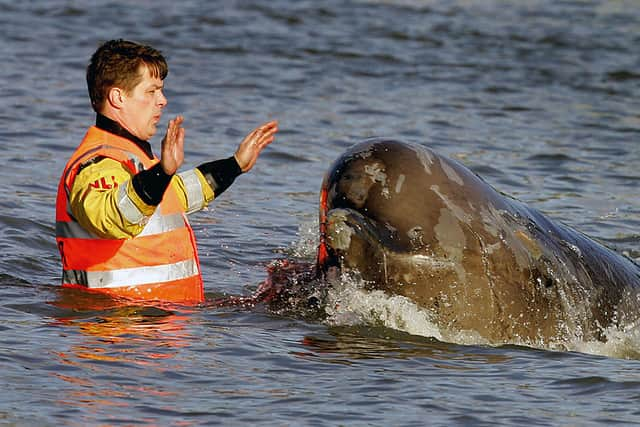

Advertisement
Hide AdAdvertisement
Hide AdVarious types of whales have been found living in the river including the humpback, bottlenose, beluga and minke species.
In addition to whales, dolphins and even a range of shark species have been found to inhabit the capital’s waterway.
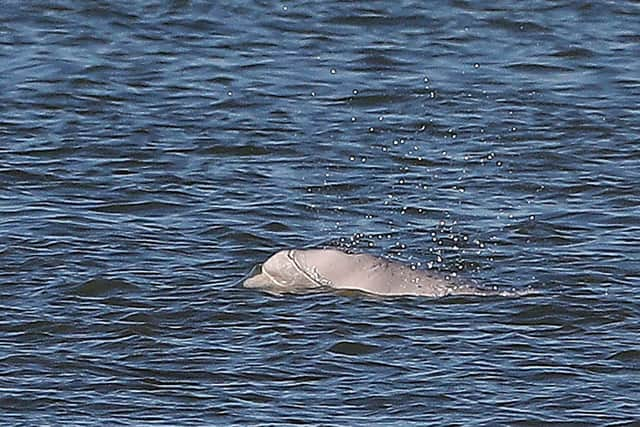

The first sighting we have on record is 2018, when a dolphin was sighted near Barnes Bridge in West London.
A year later, a harbour porpoise was also seen swimming nearby.
Advertisement
Hide AdAdvertisement
Hide AdThe study also explored the items of waste most frequently found in the water, many of which should have been recycled instead.
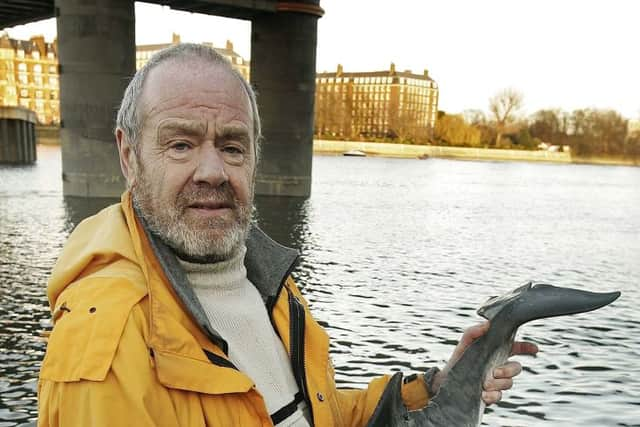

A report by Thames21 found that wet wipes are the most littered item in the river.
When mixed with mud, the wipes form slimy layers.
The most common lightweight items found in the river included food wrappers, cotton bud sticks, cups, bottle lids, take-away drink containers and drink bottles.
Ed McCoy, sales and marketing director at Barratt West London, said: “Discovering that a number of whales have chosen to make Londoners their neighbours has been quite a pleasant and unexpected surprise.
Advertisement
Hide AdAdvertisement
Hide Ad“Their under the radar presence makes them the perfect quiet and considerate neighbours. It’s a privilege to share our city with them.
"The study also brought to light the items that should not be calling the Thames home, that could have very easily been recycled instead.
“We hope this new knowledge of our underwater neighbours will make a lot of people think twice about dumping rubbish into the Thames."
Comment Guidelines
National World encourages reader discussion on our stories. User feedback, insights and back-and-forth exchanges add a rich layer of context to reporting. Please review our Community Guidelines before commenting.
